Preserving Colors in Color Composites
© Till Credner 1999Max-Planck-Institut für Aeronomie
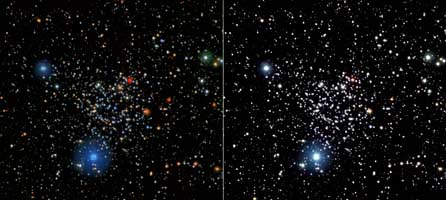
| r = | R / I = | R / (R + G + B) |
| g = | G / I | |
| b = | B / I. |
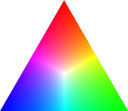
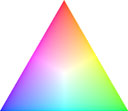
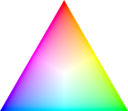 RGB Chromaticity Triangle after scaling with logarithm | 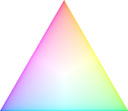 RGB Chromaticity Triangle at 100th intensity after scaling with logarithm |
| Rnew = | r * Inew |
| Gnew = | g * Inew |
| Bnew = | b * Inew |
But in all I think it is very worth it. Just in this way you can see the maximum original color information of your astronomical data.
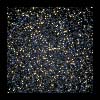 Center of the Globular Cluster Omega Centauri |
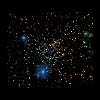 Open Cluster NGC 1245 |
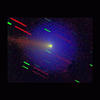 Comet Wirtanen | More images with preserved colors |
All images are clickable to get the whole HTML-document with description and larger image size.
© all photographs taken by Till Credner and Sven Kohle